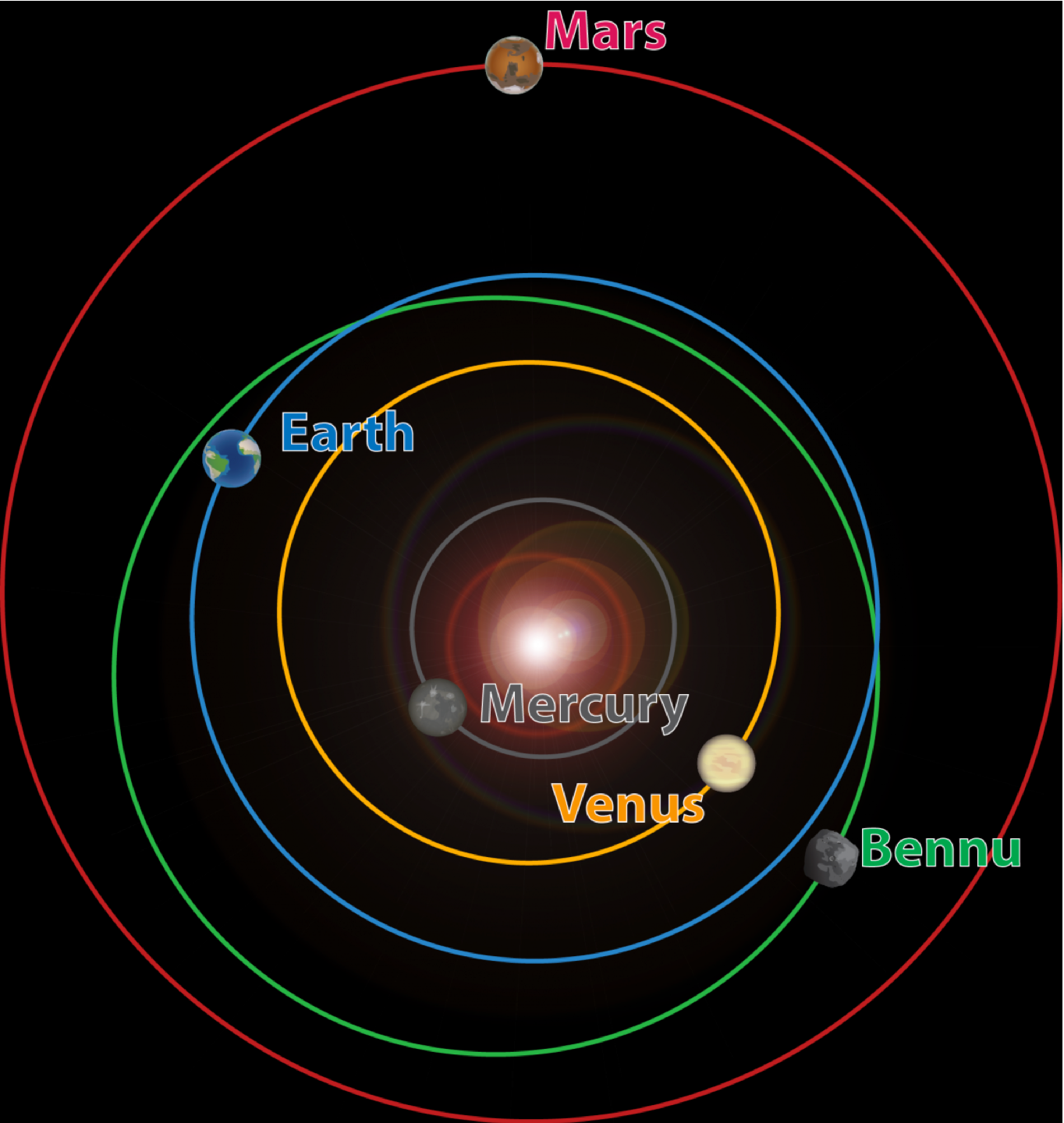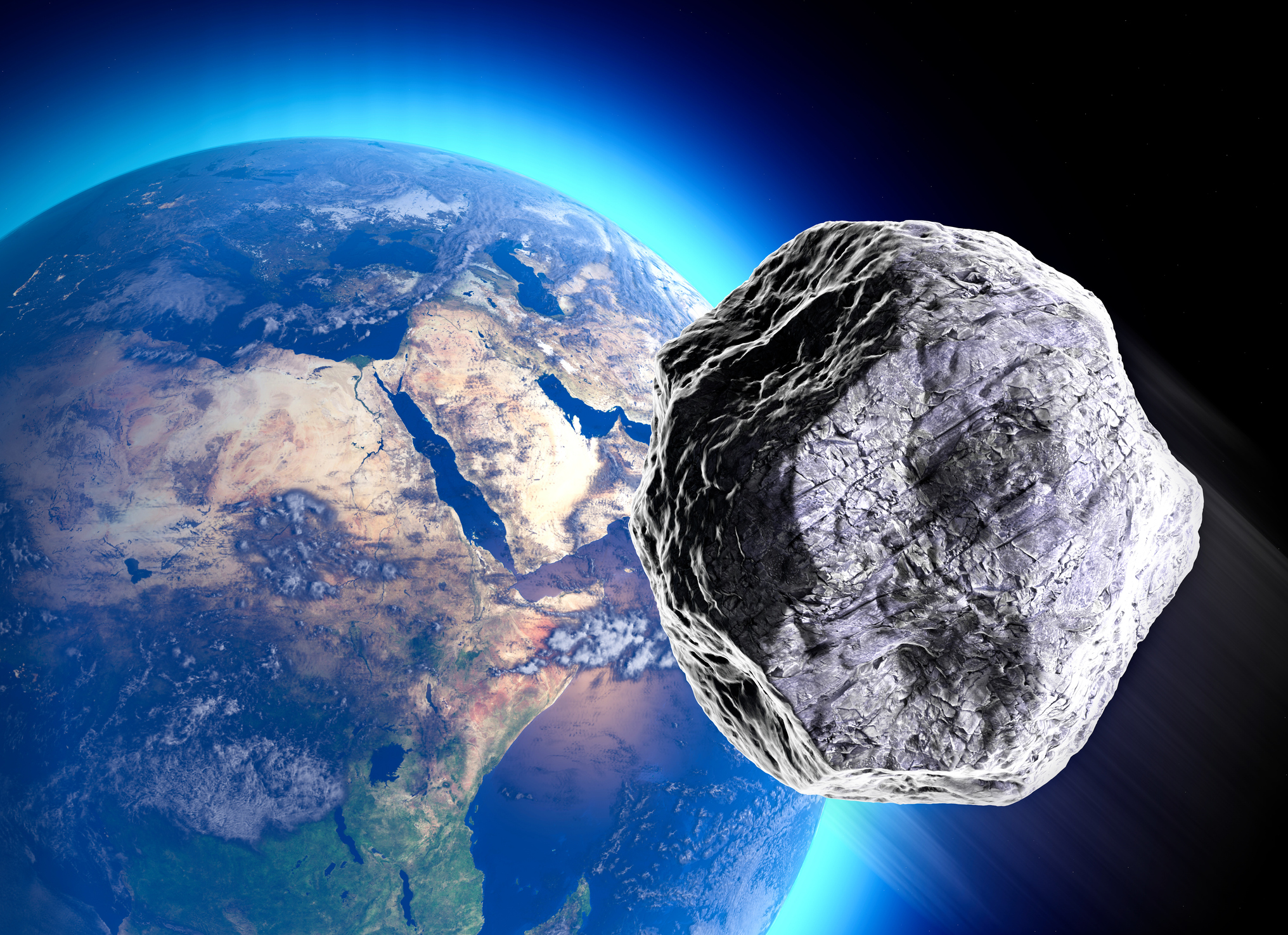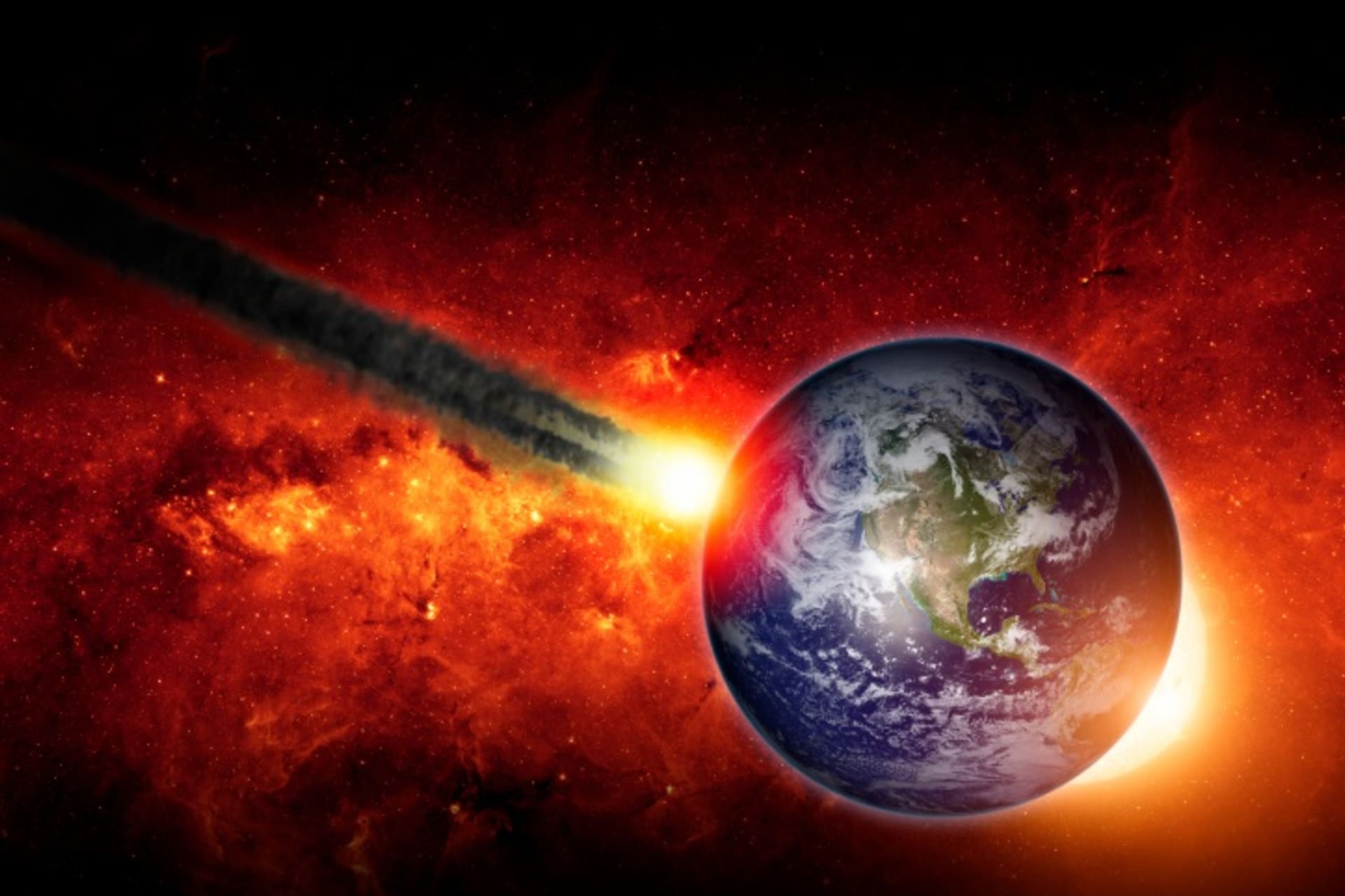Asteroid 2032: Size, Discovery, Characteristics, And Orbit
Source: www.planetary.org
We delve into the fascinating realm of celestial bodies and uncover the intriguing details surrounding Asteroid 2032, an object of immense scientific interest. Our exploration delves into its size, discovery, characteristics, and orbit, providing a comprehensive insight into this enigmatic space rock.
Editor's Notes: Asteroid 2032: Size, Discovery, Characteristics, And Orbit has been published today to shed light on the captivating world of asteroids and their profound impact on our understanding of the universe. This topic holds immense importance as it enables a deeper comprehension of our place within the vast cosmic tapestry.
Through rigorous analysis and extensive information gathering, we have meticulously crafted this Asteroid 2032: Size, Discovery, Characteristics, And Orbit guide to empower our target audience with the knowledge they seek. This guide serves as a valuable resource for researchers, astronomy enthusiasts, and anyone seeking to unravel the mysteries that lie within our celestial neighborhood.
Key differences or Key takeways
Transition to main article topics
FAQ
This Frequently Asked Questions (FAQ) section provides concise answers to common inquiries regarding Asteroid 2032, addressing its size, discovery, characteristics, and orbital trajectory.
Question 1: How large is Asteroid 2032?
Asteroid 2032 exhibits dimensions approximately 0.6 miles (1 kilometer) in diameter, classifying it as a near-Earth object.

Orbit of asteroid Bennu | The Planetary Society - Source www.planetary.org
Question 2: Who discovered Asteroid 2032 and when?
Astronomers affiliated with the Catalina Sky Survey program discovered Asteroid 2032 on December 29, 2000, leveraging the Catalina Schmidt telescope located near Tucson, Arizona.
Question 3: What are the primary characteristics of Asteroid 2032?
Asteroid 2032 belongs to the Apollo group of asteroids, known for their elliptical orbits that traverse both inside and outside the Earth's orbital path. Its surface composition primarily comprises carbonaceous materials, imparting a dark and relatively low-reflective surface.
Question 4: What is the orbital trajectory of Asteroid 2032?
Asteroid 2032 orbits the Sun within an elliptical trajectory, requiring approximately 2.1 years to complete one full revolution. Its orbital path exhibits an eccentricity (deviation from a perfect circle) of about 0.37, resulting in varying distances from the Sun ranging between 0.8 and 1.9 AU (astronomical units).
Question 5: How close can Asteroid 2032 approach Earth?
Asteroid 2032's orbital characteristics indicate a minimum Earth-approaching distance of about 0.002 AU (approximately 1 lunar distance). While this proximity is relatively close, it poses no immediate threat to Earth.
Question 6: Is Asteroid 2032 a potentially hazardous object?
Current astronomical data does not classify Asteroid 2032 as a potentially hazardous object due to its relatively small size and low probability of impacting Earth. However, ongoing monitoring and research are essential to assess any potential future changes in its trajectory.
The information provided in this FAQ aims to address common inquiries and provide an informative overview of Asteroid 2032. Continued scientific monitoring and research will enhance our understanding of its characteristics and orbital behavior.
Tips on Asteroid 2032
This article provides comprehensive details about Asteroid 2032, covering its size, discovery, characteristics, and orbit. To gain a deeper understanding, it's recommended to refer to the dedicated article Asteroid 2032: Size, Discovery, Characteristics, And Orbit.
Tip 1: Familiarize yourself with the asteroid's size and dimensions. Asteroid 2032 has an estimated diameter of 0.7 kilometers, placing it in the category of small asteroids. Its relatively modest size makes it less of a threat compared to larger asteroids.
By understanding the size of Asteroid 2032, you can better assess its potential impact and the associated risks.
This article offers a wealth of information on Asteroid 2032, making it a valuable resource for those seeking to expand their knowledge about this celestial body.
Asteroid 2032: Size, Discovery, Characteristics, And Orbit
Asteroid 2032, also known as Penthesilea, holds significant value in the realm of celestial objects due to its unique size, distinct discovery, and characteristic orbit around the Sun. It presents an intriguing case study for researchers, offering valuable insights into the nature of asteroids and their impact on our solar system.
- Size: Respectably large, measuring approximately 30 kilometers
- Discovery: Initially detected in 1973 by astronomers using photographic plates
- Shape: Elongated, resembling an elongated potato
- Composition: Classified as an X-type asteroid, indicating a composition of metal and silicate
- Orbit: Executes an elliptical path around the Sun, taking over 5 years to complete
- Resonance: Maintains a 3:2 orbital resonance with Jupiter, a gravitational interaction that stabilizes its orbit
These key aspects of Asteroid 2032 provide a comprehensive understanding of its significance. Its considerable size classifies it among the larger known asteroids, while its unique elongated shape sets it apart from its counterparts. The discovery of this asteroid highlights the ongoing efforts to explore our cosmic neighborhood, expanding our knowledge of celestial bodies. Its composition provides valuable clues about the formation and evolution of our solar system, and its orbital characteristics offer insights into the complex gravitational dynamics at play within it. Furthermore, understanding the resonance between Asteroid 2032 and Jupiter enhances our knowledge of orbital stability and planetary interactions. In summary, this asteroid serves as a captivating subject of study, offering a glimpse into the fascinating world of celestial mechanics.

Asteroid 2025 Nasa - Amira Rose - Source amirarose.pages.dev

Asteroid 2032 - Source ar.inspiredpencil.com
Asteroid 2032: Size, Discovery, Characteristics, And Orbit
Asteroid 2032, also known as 1973 RC, is a near-Earth object (NEO) that was discovered on September 11, 1973, by Eleanor Helin at the Palomar Observatory in California. It is a small asteroid, with an estimated diameter of 0.2-0.4 kilometers (0.12-0.25 miles). Asteroid 2032 has an orbital period of 420 days and a semi-major axis of 1.06 AU. It is classified as an Apollo asteroid, which means that it has an orbit that crosses the Earth's orbit.

Chicxulub Asteroid Size - PELAJARAN - Source www.pelajaran.guru
Asteroid 2032 is a member of the Alinda family of asteroids, which are a group of asteroids that share similar orbital characteristics. The Alinda family is thought to have formed from the breakup of a larger asteroid about 100 million years ago. Asteroid 2032 is a relatively inactive asteroid, with no known satellites or rings. It is also not known to have any impact craters.
The discovery of Asteroid 2032 was significant because it was one of the first near-Earth objects to be discovered. The discovery of this asteroid helped to raise awareness of the potential threat posed by NEOs to Earth. In addition, the study of Asteroid 2032 has helped scientists to learn more about the composition and evolution of asteroids.
The following table provides a summary of the key information about Asteroid 2032:
| Property | Value |
|---|---|
| Diameter | 0.2-0.4 kilometers (0.12-0.25 miles) |
| Orbital period | 420 days |
| Semi-major axis | 1.06 AU |
| Classification | Apollo asteroid |
| Family | Alinda family |
| Satellites | None |
| Rings | None |
| Impact craters | None |
Conclusion
The discovery and study of Asteroid 2032 has helped to raise awareness of the potential threat posed by NEOs to Earth and has also shed light on the composition and evolution of asteroids.
NEOs are a natural hazard that can cause significant damage to Earth and its inhabitants. It is important to continue to study NEOs in order to better understand the threat that they pose and to develop strategies to mitigate that threat.
Canadiens And Kings Clash For Western Supremacy In Pivotal Matchup, Discover Orillia: A Gem On Lake Simcoe, Ontario, БТВ Новините: Най-важните събития на деня, Geovani Vasco: Renowned International Photographer Captivating The World With His Lens, 5-Minute Hair Makeover: Get The Perfect Glossy Hair With Hugo Gloss, Csa Vs. Asa: Understanding The Differences In CSA And ASA Certifications, Our Lady Of The Navigators: A Guiding Light For Seafarers, Elian Irala: Award-Winning Digital Marketer And E-commerce Expert, Fluminense Faces Boavista In Crucial Copa Do Brasil Clash, Al Hilal Vs Persepolis: Asian Club Championship Semifinal Clash,